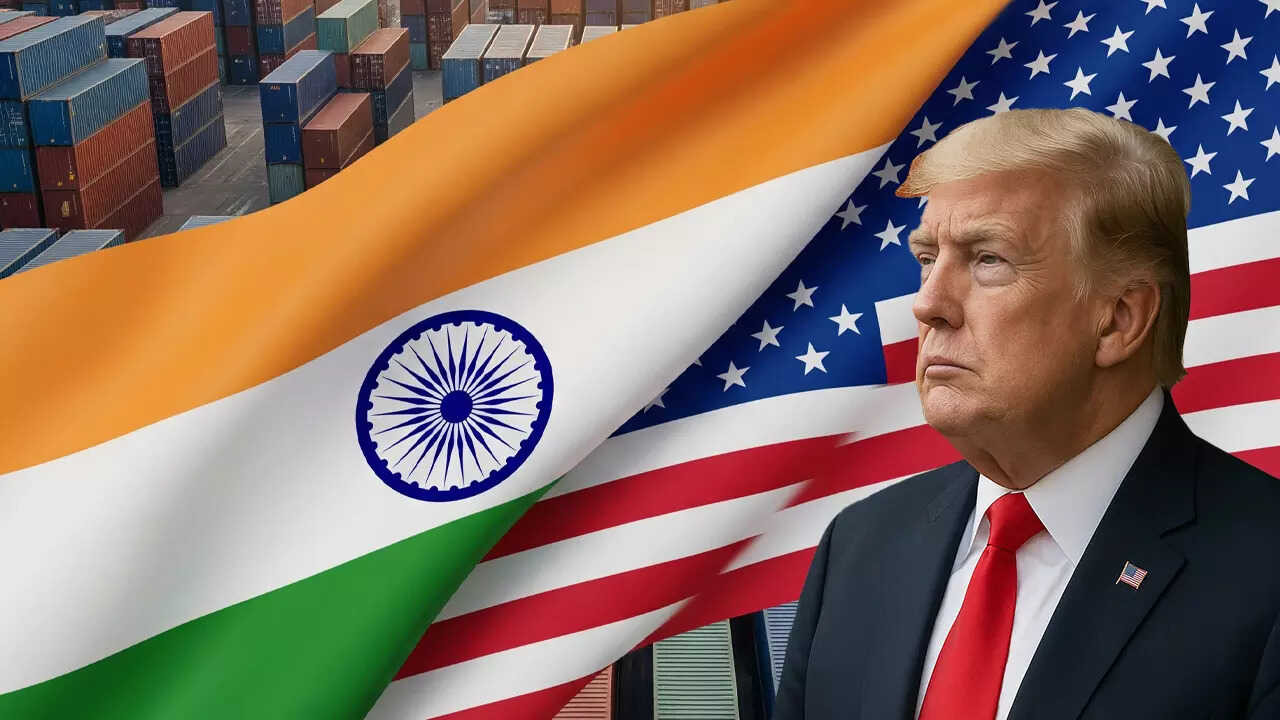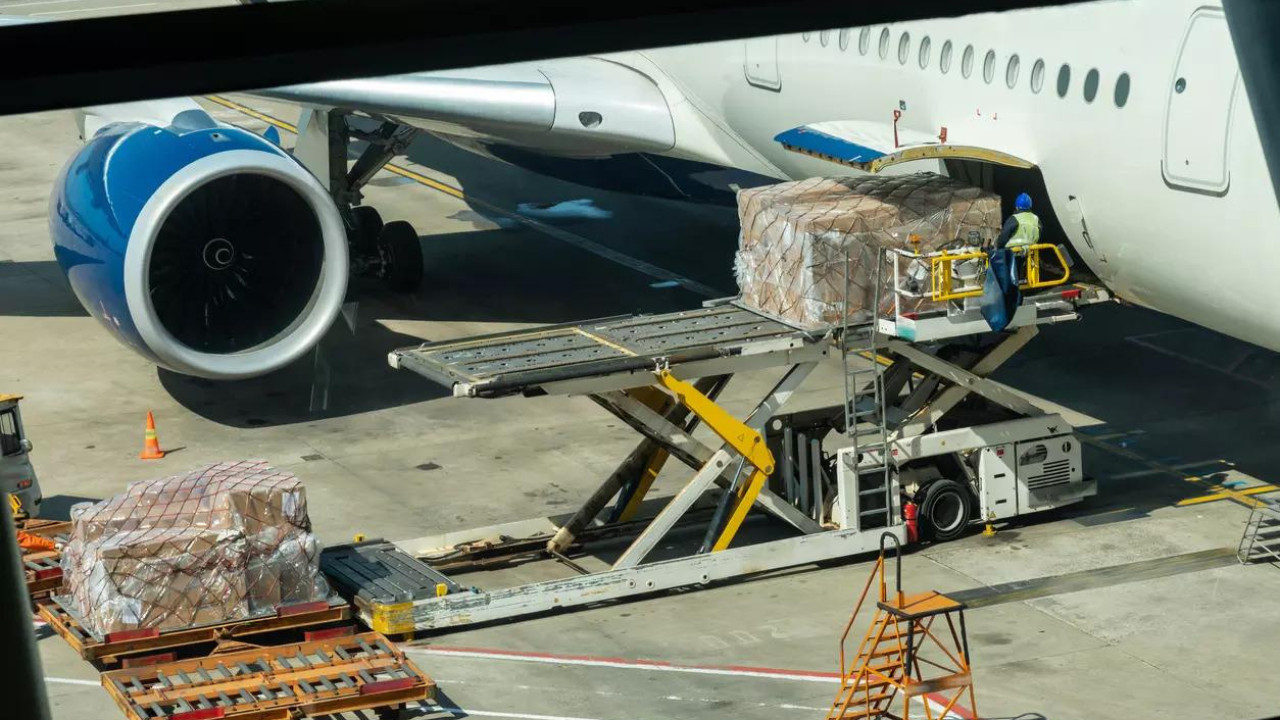US President Trump’s imposition of a 25% tariff on Indian goods has cast a shadow on ongoing trade negotiations. Despite recent optimism about a potential deal, Trump’s move appears to be a pressure tactic, fueled by frustrations over India’s stance on agriculture, dairy sectors, and its continued reliance on Russian energy and arms.
Navigating the New Trade Winds: Trump’s Tariffs and India-US Relations
The air crackled with anticipation, or perhaps a bit of unease, as Donald Trump unveiled plans for sweeping 25% tariffs on a wide range of goods. This move sends ripples through the global economy, and naturally, India’s trade relationship with the US is under the microscope. So, what does this mean for the potential for a future trade deal and the overall economic landscape between the two nations?
While some saw the move as a negotiation tactic, designed to bring trading partners to the table with renewed urgency, others view it as a protectionist measure with potentially damaging consequences for global commerce. The immediate impact on specific sectors and the long-term implications for investment flows are subjects of intense debate.
The initial reaction to the tariff announcement was somewhat muted. Could this be a sign of resilience, or a calculated pause before a deeper analysis of the potential damage? Many businesses are scrambling to assess the impact on their supply chains and bottom lines.
<img src="image-of-containers-in-a-shipping-yard.jpg" alt="Containers stacked high at a shipping yard, illustrating the complex world of international trade and the potential impact of trade tariffs.”/>
The Elusive Trade Deal: A Shifting Landscape
For years, discussions surrounding a comprehensive trade agreement between India and the United States have been ongoing. Hopes have been raised and dashed, with sticking points emerging on issues ranging from agricultural market access to intellectual property rights. The new tariff regime adds another layer of complexity to these negotiations.
Will these tariffs become a catalyst, pushing both sides to find common ground and accelerate the process? Or will they serve as a deterrent, further entrenching existing positions and making a deal even more challenging to achieve? The answer likely lies in the strategic calculations of both governments and their willingness to compromise. The stakes are high, and the path forward is far from clear.
How Trade Tariffs Impact Key Sectors
The impact of these tariffs will undoubtedly be felt across various sectors. Indian exporters of textiles, agricultural products, and certain manufactured goods could face increased costs and reduced competitiveness in the US market. This could translate into lower profits, job losses, and a slowdown in economic growth.
Conversely, American companies exporting goods to India may also find themselves at a disadvantage. The tariffs could prompt India to retaliate with its own measures, further escalating trade tensions. This could disrupt supply chains, raise prices for consumers, and create uncertainty for businesses on both sides of the Pacific. The electronics and automotive industries, which rely heavily on global supply chains, are particularly vulnerable.
Beyond the Immediate Impact: A Look at the Long Game
The long-term consequences of these tariffs extend beyond the immediate impact on trade flows. They could influence investment decisions, reshape global supply chains, and alter the geopolitical landscape. Companies may be forced to rethink their manufacturing strategies, shifting production to countries less affected by the tariffs. This could lead to a fragmentation of the global economy and a rise in protectionist sentiment.
It’s crucial to remember that trade is not a zero-sum game. Mutually beneficial trade agreements can spur economic growth, create jobs, and foster innovation. Disruptions to trade flows, on the other hand, can have far-reaching and negative consequences. The decisions made in the coming months will have a profound impact on the future of India-US relations and the global economy as a whole. Exploring existing agreements like the Indo-Pacific Economic Framework (IPEF) becomes vital to find alternative ways for economic partnership.
The Road Ahead: Navigating Uncertainty
Predicting the future is always a risky endeavor, especially in the current climate of geopolitical uncertainty. However, one thing is clear: businesses and policymakers on both sides of the India-US divide must be prepared to adapt to a rapidly changing trade environment.
Open communication, constructive dialogue, and a willingness to compromise will be essential for navigating these challenges. While the path ahead may be fraught with uncertainty, there is still an opportunity to forge a stronger and more balanced economic relationship between India and the United States. The key lies in embracing a spirit of cooperation and focusing on solutions that benefit both nations.







